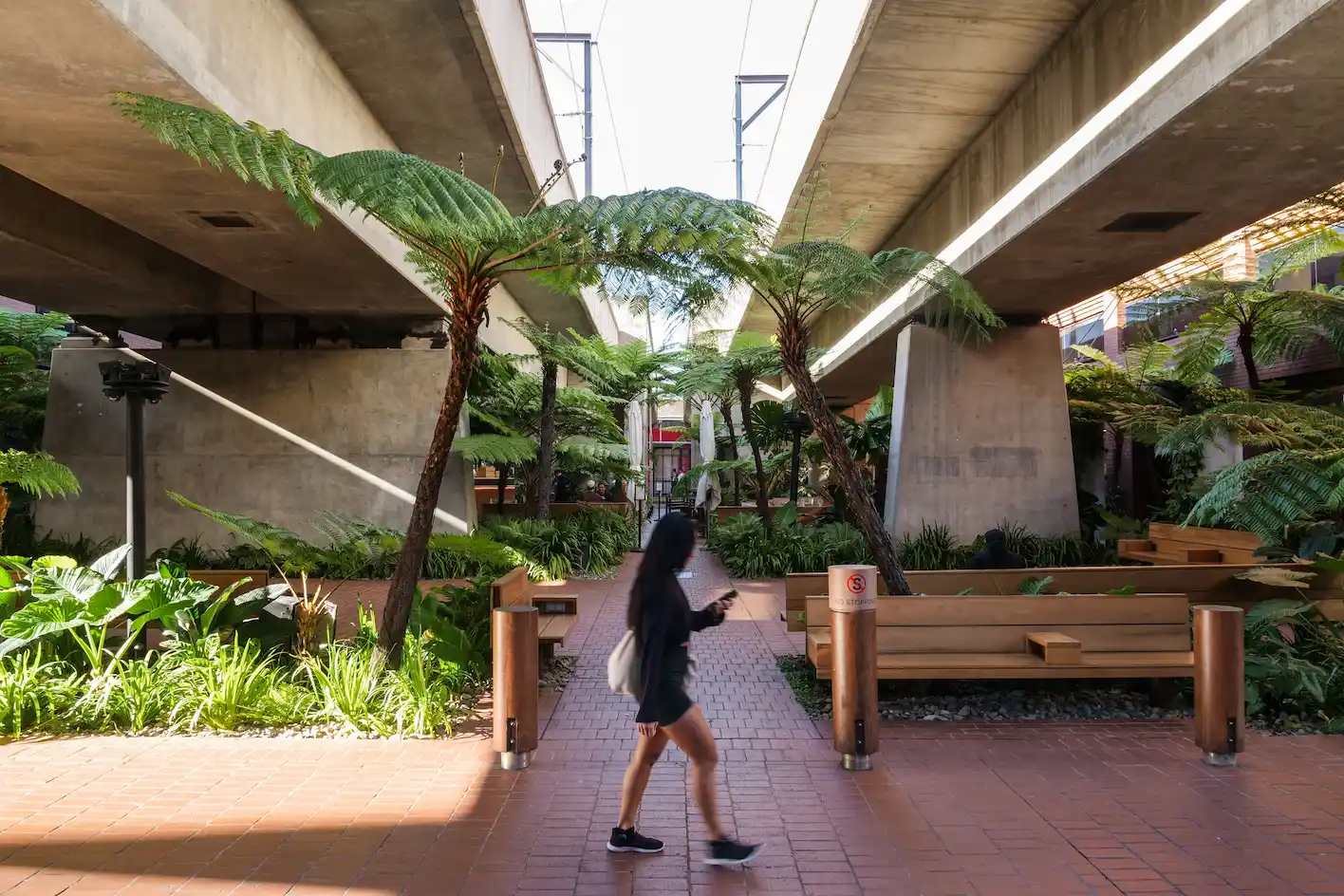What is a 15-minute neighbourhood?
The basic notion of 15-minute neighbourhoods – which are sometimes reframed as 15-minute cities, 20-minute neighbourhoods and more – puts forward the idea that urban areas should be designed to give individuals the ability to meet almost all of their daily needs within a 15-minute walk from home.
To achieve this, there should be shops, transport and facilities within this radius; meanwhile, the journey to them needs to be amenable to active transport. To encourage walking and cycling there must be adequate shade, safe pathways and cycle paths, as well as a focus on placemaking to draw people towards public spaces. Meeting these needs enables people to live locally and has the benefit – both societally and individually – of growing active transport trips and lessening the need for lengthy commutes in cars to perform daily activities.

While basic essentials are integral to the formation of a 15-minute neighbourhood, other features must also be considered to make individual neighbourhoods feel complete. These include local playgrounds and parks, green streets and open spaces, sport and recreational facilities, affordable and diverse housing and even community gardens and similar public spaces.
An old concept that sounds somewhat radical in today’s world of urban sprawl and scattered amenities, new 15-minute neighbourhoods (20-minute neighbourhood, 15-minute cities or otherwise) are being created in cities all over the world, including Melbourne and Sydney within the confines of Australia.





